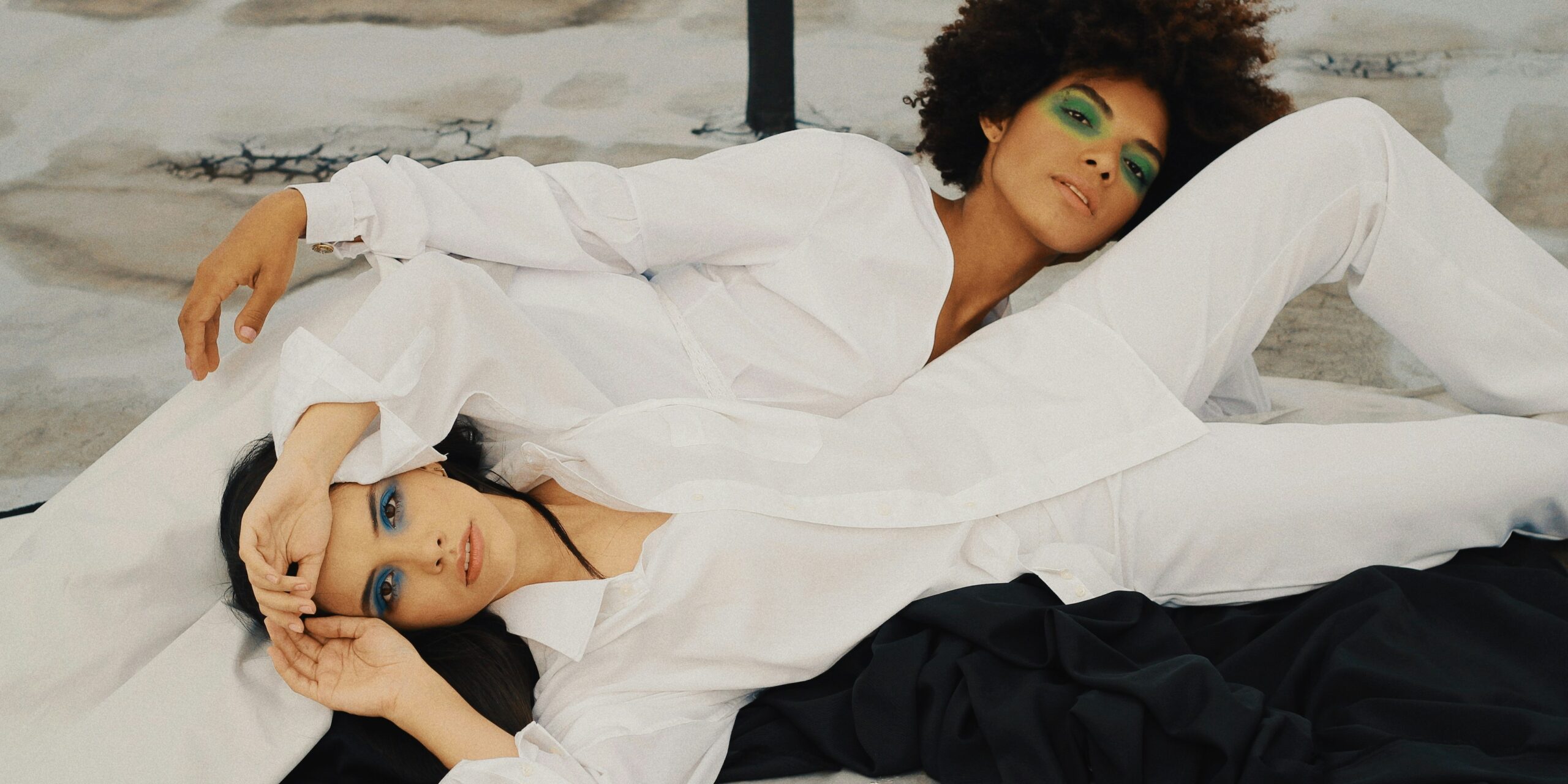In today’s digital-first fashion industry, models must master self-promotion across social media platforms to gain visibility and attract opportunities. Instagram, TikTok, and other visual networks serve as powerful tools for showcasing versatility, connecting with industry professionals, and building a recognizable personal brand. Success in this space requires more than just posting photos—it demands consistency, engagement, and a clear understanding of how to present oneself professionally while standing out in a competitive market.
Read also: Understanding TV Storytelling: Genres, Tropes, and Narrative Structures
Leveraging Social Media to Get Noticed
Social media platforms each serve different purposes in a model’s promotional strategy. Instagram remains a primary portfolio space where high-quality images, professional test shots, and published work should be displayed. A well-curated feed with cohesive aesthetics helps agencies and clients quickly assess a model’s look and versatility. Behind-the-scenes content, such as clips from photoshoots or runway shows, adds authenticity and keeps followers engaged.
TikTok’s short-form video format allows models to showcase movement, personality, and adaptability—key traits agencies and brands look for. Challenges, trending sounds, and creative transitions can help content gain traction organically. YouTube can be used for longer-form content, such as vlogs documenting a model’s journey, makeup tutorials, or fitness routines that highlight discipline and marketability.
Consistency in posting is crucial, but quality should never be sacrificed for quantity. Engaging captions, strategic hashtags (such as #NewFace or #ModelSearch), and tagging relevant industry accounts increase discoverability. Interaction with followers—replying to comments, engaging with other models’ posts, and collaborating with photographers—strengthens visibility and networking potential.
Networking in the Fashion Industry
Building professional relationships is just as important as maintaining a strong online presence. Attending industry events, open casting calls, and fashion weeks—even as an observer—can lead to valuable connections with photographers, stylists, and agency scouts. Following up with a polite message after meeting someone in the industry reinforces the connection and keeps communication open.
Online networking is equally essential. Engaging with agency accounts, photographers, and fashion brands by liking, commenting, and sharing their content can put a model on their radar. Direct messages should be professional and concise—instead of asking for representation outright, a better approach is expressing admiration for their work and inquiring about test shoot opportunities.
Joining modeling communities on platforms like LinkedIn or specialized forums can also provide insider tips and job postings. Many agencies and brands scout talent through social media, so maintaining an active, professional profile increases the chances of being discovered.
Developing a Strong Personal Brand
A model’s personal brand is more than just their look—it’s their unique identity, values, and the specific niche they occupy in the industry. Whether aiming for high fashion, commercial, fitness, or influencer modeling, consistency in messaging and visual style helps agencies and clients remember and categorize them effectively.
Defining a signature style—whether it’s a distinctive posing technique, a recurring theme in content, or a specific aesthetic—helps models differentiate themselves. A well-written bio on social media profiles should clearly state their modeling focus (e.g., editorial, runway, or commercial) and include relevant keywords for searchability.
Authenticity plays a major role in long-term success. Instead of mimicking popular models, focusing on individuality—whether through unique facial expressions, a standout walk, or a niche interest—can make a model more memorable. Brands increasingly seek talent with engaged followings, so models who share relatable, high-quality content tend to attract more opportunities.
Balancing Professionalism and Personality
While polished images are necessary, audiences and agencies also appreciate glimpses of personality. Sharing interests outside of modeling—such as fitness routines, travel, or creative hobbies—can make a model more relatable and marketable. However, maintaining professionalism is key; controversial opinions or overly casual posts may deter potential clients.
Regularly updating portfolios and social media with new work ensures relevance. As a model’s career progresses, refining their brand to align with their evolving goals—such as transitioning from commercial to high fashion—keeps their image fresh and appealing to the right audience.
By strategically using social media, networking effectively, and cultivating a distinct personal brand, models can significantly enhance their visibility and career prospects in the competitive fashion industry.
Read also: Mastering the Art of Modeling: Posing and Expression Techniques for Stunning Photoshoots









